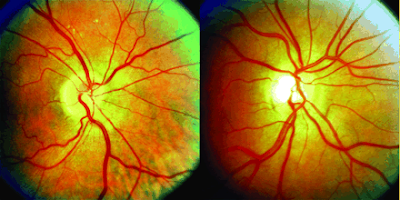Aspirin, a common pain reliever is also known for being a
life-saving drug in the event of a heart attack, which is why most people would
take the drug regularly. This link between aspirin and AMD has sparked a
controversy because some organizations, like Macular
Society, want to warn people who have been prescribed aspirin to continue
using it despite these findings. Macular Society, amongst others, says that the
risks of not taking the drug are actually much higher than the risk of AMD.
The study was conducted by researchers at The University of
Sydney. There were 2,389 participants, of which 257 took aspirin regularly.
After tracking these participants over 15 years, 24.5% were found to have
developed AMD.
As this discussion continues, we can only try and educate
people so that they know that 1.) they
should not stop taking their prescribed aspirin, and 2.) they should get a
regular eye exam in order to diagnose common eye disease like AMD, glaucoma and
cataracts early on in order to minimize the damage done to their sight.
Sometimes you just have to pick the lesser of two evils.
Source: Huffington
Post


